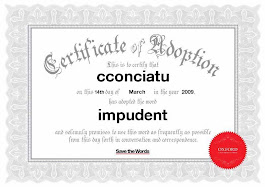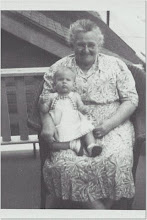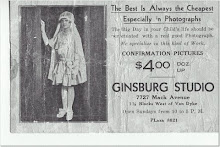
Ooooh I am very late for the Poetry Bus! I was so busy painting yesterday I forgot to be at the bus stop on time for posting!
Dana at Bug's Eye View listed several prompts for this weeks poem. I chose the first:
In the first chapter of Isaiah God is having a fit. Quit giving me burnt offerings! Stop trampling my courts! Why do you even think I want that stuff? I am weary of bearing them… Wash yourselves! And then in verse 18 God says, "Come now, let us argue it out…" (NRSV) Now, you might not be a religious person, but I'm sure that even so you have wanted to argue with God (or Allah or the sun or your own super ego) in some manner. If you choose this prompt I'd like you to tell us about that argument.
Praying For Rain
My thoughts are as dry as the grass
They crackle underfoot and
Swirl about with the dust
While my eyes consider each cloud
For rain potential
The drought extends beyond the weather
And meager moisture is not enough to drink
The spirit begins to whither within me
It curls like parched leaves
And recedes with the water in the pond
Leaving an expanded beach around it
That only if I were not so thirsty
I might explore for revealed possibilities
Instead I listen for distant thunder
And test the wind for improvement
Until I finally reach out
To God
And discover yet again the
Living Water that falls like rain
Pouring hope upon the desert I
Have withdrawn to until in it’s fullness
It spills forth in streams that lead me back
To the knowledge that He will let it rain
When it is time
And all my thirst beyond my need
For Him
Is self induced
And ill advised
Cynthia Ann Conciatu
Stop by Dana's place for more Poetry Bus passenger presentations!

















































.JPG)




































